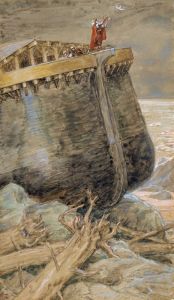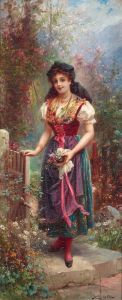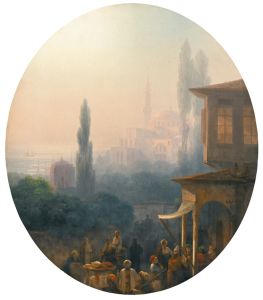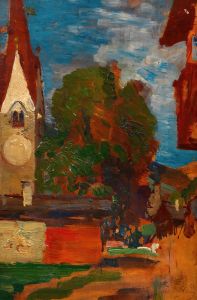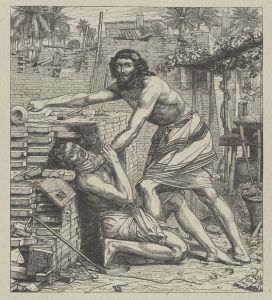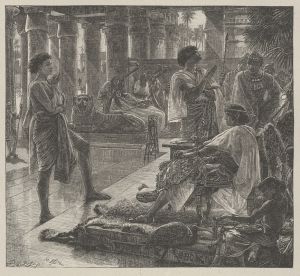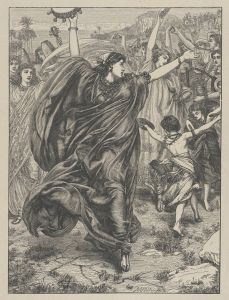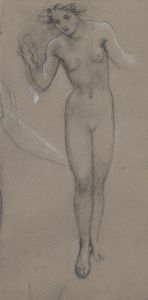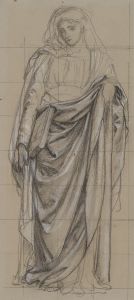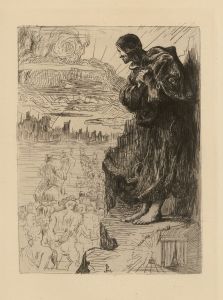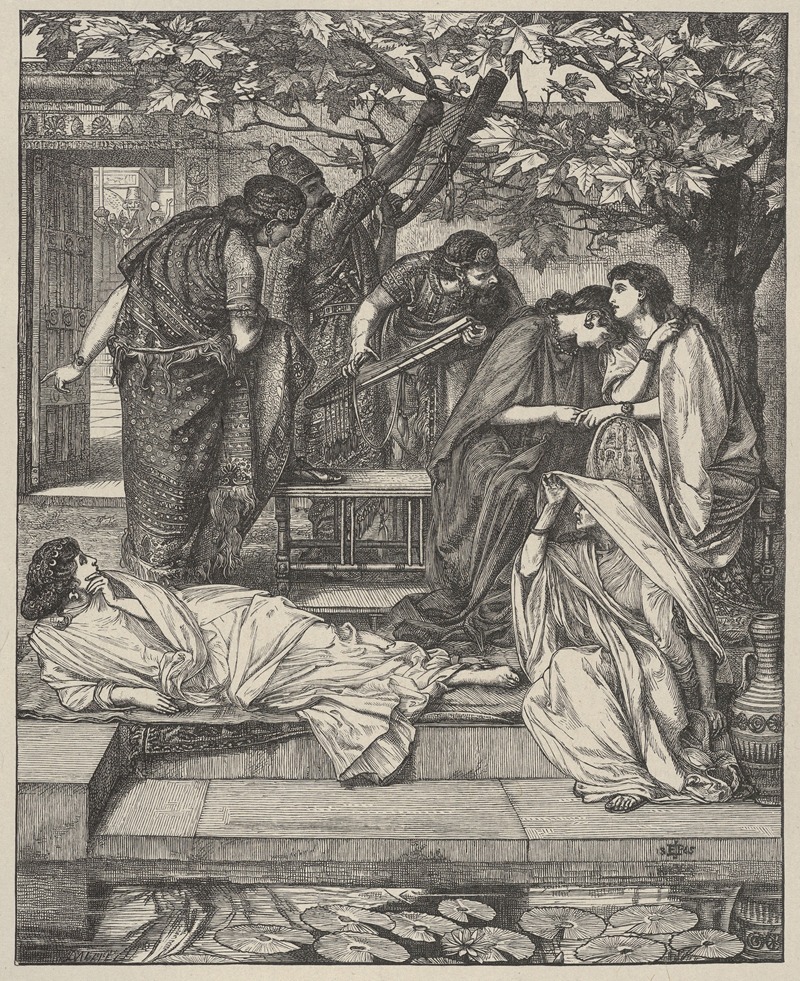
By the Rivers of Babylon
A hand-painted replica of Edward John Poynter’s masterpiece By the Rivers of Babylon, meticulously crafted by professional artists to capture the true essence of the original. Each piece is created with museum-quality canvas and rare mineral pigments, carefully painted by experienced artists with delicate brushstrokes and rich, layered colors to perfectly recreate the texture of the original artwork. Unlike machine-printed reproductions, this hand-painted version brings the painting to life, infused with the artist’s emotions and skill in every stroke. Whether for personal collection or home decoration, it instantly elevates the artistic atmosphere of any space.
"By the Rivers of Babylon" is a painting by the British artist Sir Edward John Poynter, completed in 1867. Poynter was a prominent figure in the Victorian art scene, known for his historical and classical subjects. He was part of the academic art movement, which emphasized traditional techniques and often drew inspiration from history, mythology, and literature.
The painting's title, "By the Rivers of Babylon," is derived from Psalm 137 in the Bible, which expresses the lament of the Israelites during their Babylonian exile. The psalm begins with the words, "By the rivers of Babylon, there we sat down, yea, we wept, when we remembered Zion." This biblical context provides the thematic foundation for Poynter's work, capturing the sorrow and longing of the exiled Israelites.
In the painting, Poynter depicts a group of Jewish captives sitting by the banks of a river in Babylon. The composition is carefully arranged to convey a sense of melancholy and reflection. The figures are shown in various poses of mourning and contemplation, with some gazing into the distance while others appear deep in thought. The river, likely representing the Euphrates, flows gently in the background, symbolizing both the physical and emotional distance from their homeland.
Poynter's attention to detail is evident in the intricate rendering of the figures' garments and the surrounding landscape. The use of light and shadow adds depth to the scene, enhancing the emotional impact of the painting. The artist's skillful use of color further emphasizes the somber mood, with muted tones dominating the palette.
The painting reflects the Victorian fascination with biblical and historical themes, as well as the era's interest in exploring human emotions and experiences through art. Poynter's work is characteristic of the academic style, which valued technical precision and adherence to classical ideals.
"By the Rivers of Babylon" was well-received upon its completion and contributed to Poynter's reputation as a leading artist of his time. Throughout his career, Poynter held several prestigious positions, including serving as the President of the Royal Academy of Arts and being knighted for his contributions to the art world.
Today, Poynter's painting remains an important example of 19th-century British art, illustrating the enduring appeal of biblical narratives and their ability to convey universal themes of loss and longing. The work continues to be studied and appreciated for its artistic merit and historical significance, reflecting the enduring legacy of Edward John Poynter in the canon of Western art.






